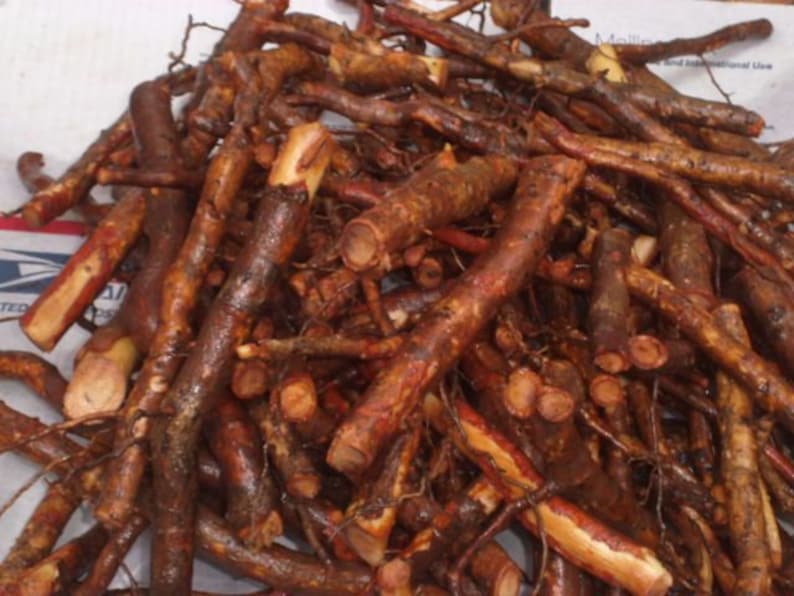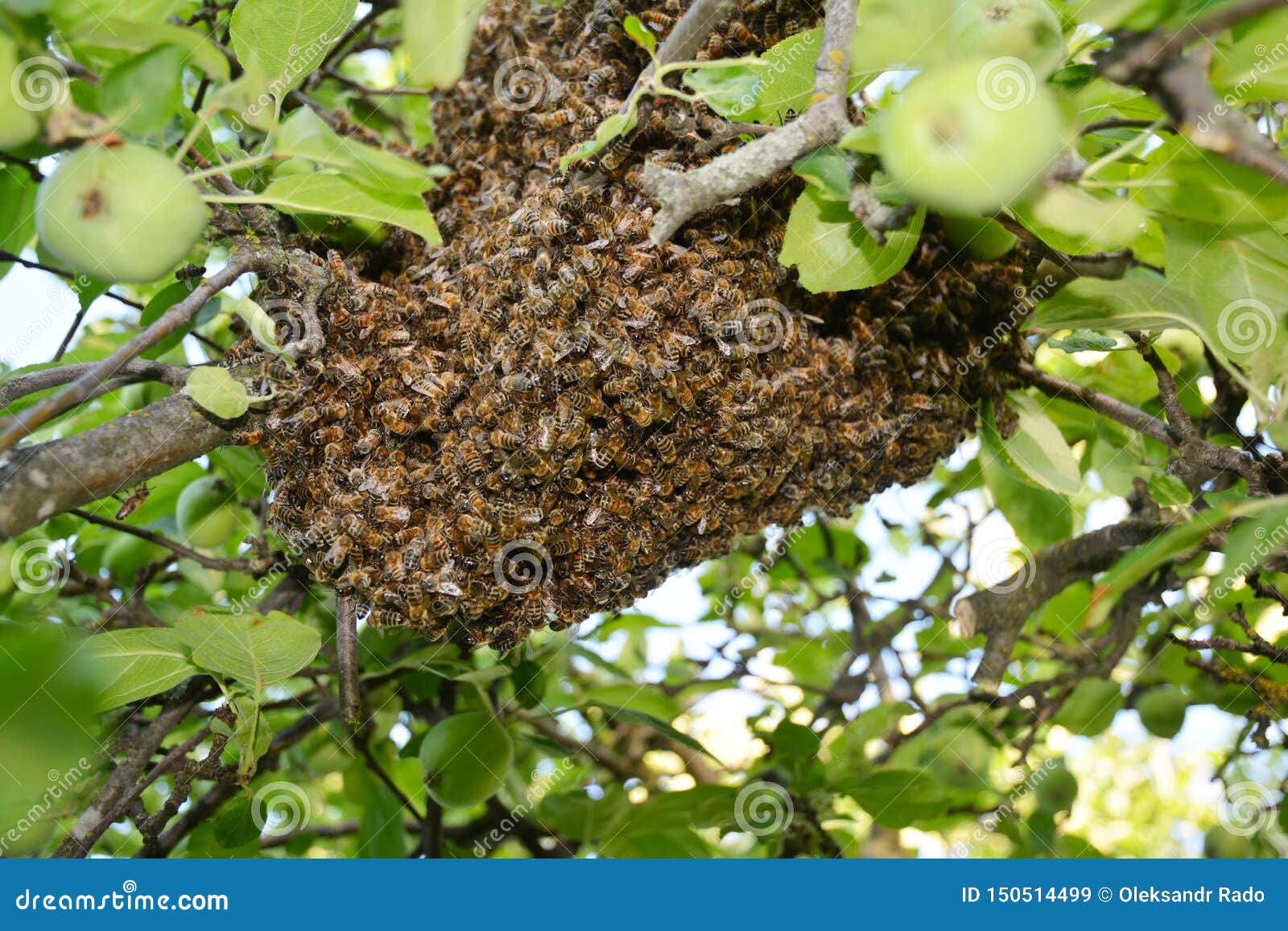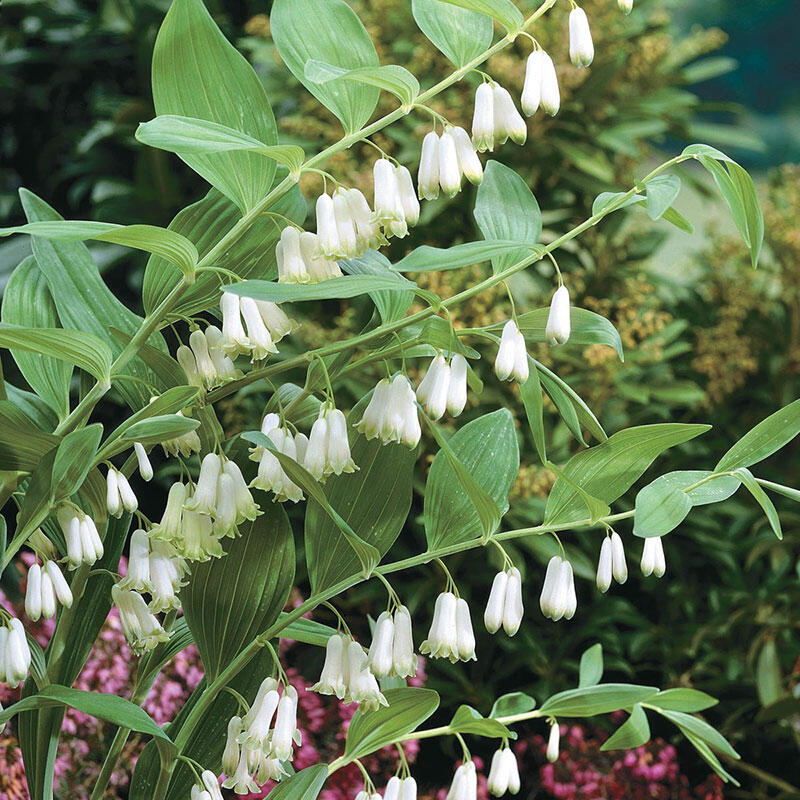If you didn’t know, I’m a mountain kid born and bred. I grew up on the Cumberland Plateau. I have always heard the old mountain remedies talked about. Like the curing of wort’s and using the falx seed to get something out of your eye. Putting coal-oil on a cut to keep it from getting sore.
But there are some other’s that I had forgotten about. Like Sassafras Tea. Let me explain:
When the first warm up of spring that would get the sap in tree’s to running and the trilliums started blooming, the old timer’s would bring out the garden hoe and start harvesting herb’s that the hill folk said cured many ills and pains.
The roots of a sassafras tree was made into a tea and used as a spring tonic. The flavor and smell would remind you of today’s root beer. So why would you need a spring tonic ? The hill people believed that it would remove inflammation of the body and act as diuretic (that’s laxative for us country people) They believed after a long winter of sittin around eating, that they needed a cleanse. You know, like we all are after sittin watchin football all fall and then hittin the water for spring fishin.

They also used the inner bark of the wild cherry tree for a cough syrup. They would boil the bark with wild honey.


The blood root was also used as a spring tonic. The white Trillium, a member of the lilly family would be boiled in milk as a cure for stomach ache and some would grind them up and use them for insect bites.

The root’s of Solomon’s Seal, were used as both an internal and external medicine. Externally, it was used for bruises and to reduce swelling of boils, hemorrhoids and skin redness.

You may ask, where did they get these ideas ? Most folks say the Indians were the basis of medical treatments from natural things.
There’s an old saying in the mountains, Ain’t nothing grows, that ain’t good for something.
Some of the herbs remedies were made in big pots until they were a sticky syrup and other’s were eaten raw. Many were dried and Tea’s made from the roots and leaves. The old timers believed that any thing from rehumatism to love sickness could be cued by the right herb.
Here are some of the recipes.
SASSAFRAS TEA
This refreshing drink needs just a hint of sweetener, as sassafras is naturally quite sweet.
makes approximately 5 cups1 small handful sassafras roots, washed in cold water1/2 cinnamon stick1 thin slice fresh gingerMaple syrup or honey for servingSparkling water
Step 1
Using a heavy knife, chop up the sassafras roots or pound them with the handle until you can smell their spicy scent. Place the roots in a saucepan with the cinnamon and 6 cups of water and bring to a boil. Decrease the heat and simmer, partially covered, for 20 minutes. Add the ginger and simmer for 2 minutes more.
Step 2
Line a fine-mesh strainer with a coffee filter and set over a bowl. Pour the tea through. Sweeten with maple syrup or honey to taste. Drink hot, or serve cold over ice and topped off with sparkling water.
sassafras: the original root beer
Step 3
Root beer’s flavor originally came from the roots and bark of the sassafras tree, which grows along the Eastern Seaboard. Today, however, most commercial root beer is produced with artificial flavorings, because safrole, a compound in sassafras, was deemed carcinogenic by the FDA. Nevertheless, homemade root beer and sassafras tea are still favorites in many rural kitchens and at state fairs. Above is a recipe for making the tea. Don’t worry about overconsumption of safrole, though, because digging up the roots requires too much hard work to drink it in large quantities!
Step 4
On hikes in spring and summer, look for the distinctive mitten-shaped, three-fingered leaves of foot-high sassafras saplings. Dig down with a pocketknife and pull up the sapling by the root, where there’s the most flavor. Don’t feel bad about killing a tree; sassafras is often considered invasive because of its rapid proliferation.
WILD CHERRY COUGH SYRUP
INGREDIENTS 1x2x3x
- ⅓ cup wild cherry bark
- ¼ cup mullein leaf
- ¼ cup rose hips or hibiscus
- 1 cup raw honey
- 2 cups water be sure to use filtered
- 2 TBSP dried elderberries Optional
INSTRUCTIONS
- Combine the herbs and water in a saucepan and bring to a boil.
- Reduce the heat to a simmer and cook until the liquid has reduced to about 1 cup. This will take about 30-40 minutes.
- Strain out the herbs with a coffee filter and measure the liquid. Add enough water to reach 1 cup, or simmer it some more until there’s only 1 cup.
- Once the mixture is warm but not piping hot, stir in the honey.
BLOODROOT TEA:
Bloodroot tea: Boil 1 teaspoon of bloodroot rhizome (roots) to a cup of water. Let it steep for 10 -15 minutes. Drink 3 times daily.
Bloodroot tincture: Take 1-2 ml of the tincture three times a day.
Bloodroot tea or decoction.
- Prepare about a teaspoon of Bloodroot parts for every cup of water.
- Boil for 10 to 15 minutes
- Let it steep and strain
- Store in a glass jar for later consumption
- Drink 1 cup, twice to three times a day after meals.
You can add other herbs or honey to improve the efficacy and taste.
SOLOMON’S SEAL TEA:
…
How to Prepare Solomon’s Seal Tea
- Place ½ teaspoon into 8-12 ounces of pre-boiled water.
- Let set while the kernels puff up and sink.
- Sip slowly and thoughtfully as a hot tea. You can even chew on the soft nuggets.
Until next time, God Bless and I’ll catch you down the trail.
Ricky Cooper